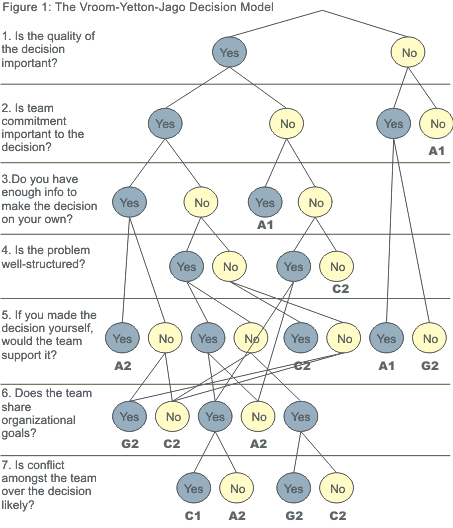In the last byte, we began our discussion about the emerging issues in leadership specifically – emotional intelligence. In today’s byte, we look at the role of trust in leadership.
Trust refers to the willingness to be vulnerable to the actions of another.
Trust is an essential element of leadership. Trust plays an important role in emotional intelligence.
The implications of the above definition of trust, is that the followers believe that their leader will act with the followers welfare in mind! In an organizational setting where top-management trusts each other, implementing a strategy would be easier – since the team members trust each other, it would be easier to have a “buy-in” from employees on the direction of the company. If employees trust their leaders, they will have a buy in more readily!
Note, it is important to note that effective leaders know whom and how to trust. At one extreme we find leaders who trust no one, they are generally lonely. At the other extreme, we find leaders who trust a close circle of advisors, listening only to them and gradually cutting themselves off from dissenting opinions! Leaders need to evaluate both the competence and the position of those they trust, seeking out a variety of opinions and inputs.

